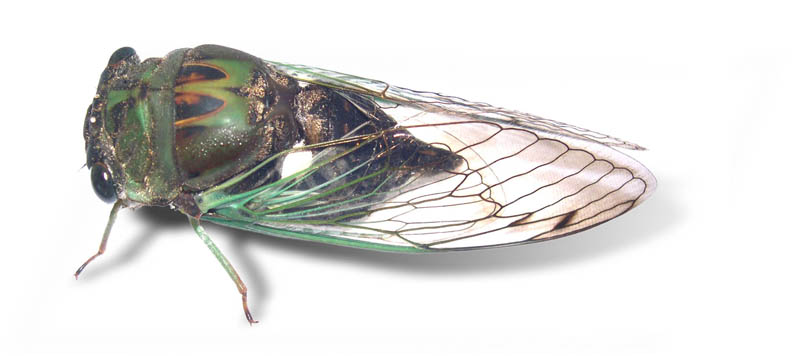
The hemipteran (formerly homopteran) suborder Auchenorrhyncha (cicadas, leafhoppers, planthoppers, spittlebugs, and treehoppers) is a diverse, ubiquitous, and economically important, but poorly studied group of sap-sucking herbivores. Approximately 42,000 species are described, but recent sampling in the tropics suggests that the true number of extant species may be ten times higher. The number of Auchenorrhyncha taxonomists, never large, has declined precipitously over the past 20 years and this trend has only recently begun to be reversed, thanks in part to a previous PEET award (DEB-9978026) to current PI Dietrich and former PI L.L. Deitz focusing on one of the four auchenorrhynchan superfamilies: Membracoidea (leaf- and treehoppers). The previous grant supported the training of five graduate students and two post-doctoral fellows, yielded ten comprehensive morphology-based revisions totaling 669 printed pages, and supported compilation of a comprehensive nomenclatural database comprising over 23,000 records. The proposed project will build on the success of this previous award by expanding the taxonomic focus to include the other three superfamilies: Cicadoidea (cicadas), Cercopoidea (spittlebugs), and Fulgoroidea (planthoppers). Cicadoidea and Cercopoidea are effectively orphaned, with no full-time taxonomists, and the numbers of taxonomists with expertise in Fulgoroidea and Membracoidea remain well below those needed to address the daunting taxonomic impediments to research on these groups. The project represents a partnership between the New York State Museum, Illinois Natural History Survey, University of Connecticut, and an international team of collaborators, including retirees, with expertise covering all major auchenorrhynchan taxa.
Specific goals include: (1) train at least one new expert in the systematics of each of the four Auchenorrhyncha superfamilies; (2) develop Internet-accessible nomenclatural databases for Cercopoidea, Cicadoidea, and selected families of Fulgoroidea to complement those already developed for Membracoidea; (3) obtain Auchenorrhyncha specimens suitable for morphological and molecular study from poorly sampled areas known to harbor diverse faunas; (4) complete species-level morphology-based revisions within each of the four superfamilies; (5) disseminate results (keys, descriptions, phylogenies, distribution and nomenclatural data) through traditional publication and the Internet.
Training will focus on comparative morphology of adults and immatures, nomenclature, and phylogenetic methods, but will emphasize the use of advanced tools for the efficient production of taxonomic revisions and their dissemination over the Internet. Trainees will participate as full partners in all aspects of the project including field sampling, visits to museums, creation of specimen-level taxonomic databases, scoring and analysis of morphological character data, development of keys, and preparation of illustrations. Students will receive training in other specialized methods including amplification, sequencing, and analysis of DNA sequence data and, when possible, such data will be incorporated into revisionary studies. Intensive training and cross-mentoring of trainees, complementing formal coursework, will be facilitated through short-term student exchanges among the three PI laboratories as well as through annual workshops at the New York State Museum. Workshop themes will include morphology and diversity of Auchenorrhyncha, the use of software for automating the monographic process, and data analysis.
Funding for this website and research described herein was provided by the National Science Foundation (NSF) grant 05-29679 (PEET). Any opinions, findings, and conclusions or recommendations expressed in this material are those of the author(s) and do not necessarily reflect the views of the National Science Foundation.
© 2008

